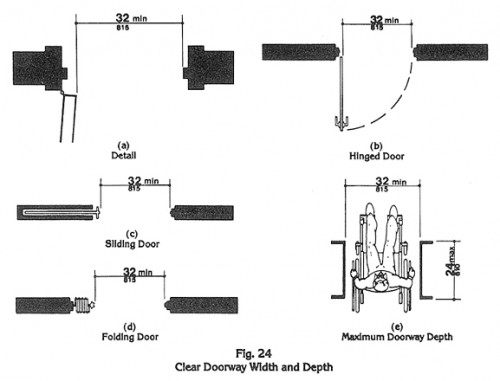Last week we talked about the first two components of successful daylighting. This week we follow up with the next two:
- Assess lighting needs for typical visual needs
- Use of apertures to create focus and mood
These two components are somewhat advanced strategies the breathe life into the space and make it more dynamic, all with out resorting to electrical lighting for the majority of the day.
Assess lighting needs for typical visual needs
Daylighting must address the needs of the visual task that is to be performed within the space. The lighting level needs of an occupant vary between warehouse space and office space. Therefore the amount of light provide by the daylighting strategy must be also vary.
Placement of the daylighting aperture and its controllability are critical. The quantity and quality standards set forth by the Illuminating Engineering Society of North America (IESNA) is applicable to daylighting and is a great resource.
It is also good to keep in mind that the best daylighting strategy may need supplemental electric task lighting as well. This is particularly true in early morning and evening situations.
Use of apertures to create focus and mood
The use of natural light to illuminate a space doesn’t mean that the light levels need be uniform throughout. With special consideration of the size and placement of apertures, daylight can be directed to accentuate a design, indicate important spaces and act as a wayfinding strategy within a building. Scale models and digital models are excellent tools in exploring different strategies.
Another aspect to these apertures is that they can perform double duty. An efficient lighting solution can be incorporated so that in the evening and night the same visual impact is created. Light sensors ensure that the electric lights only come on when light levels dip below a predetermined threshold.
Next time we will wrap up with the final two components: integrate the daylighting scheme into the architecture and integrate the daylighting scheme with building systems. See you then.








